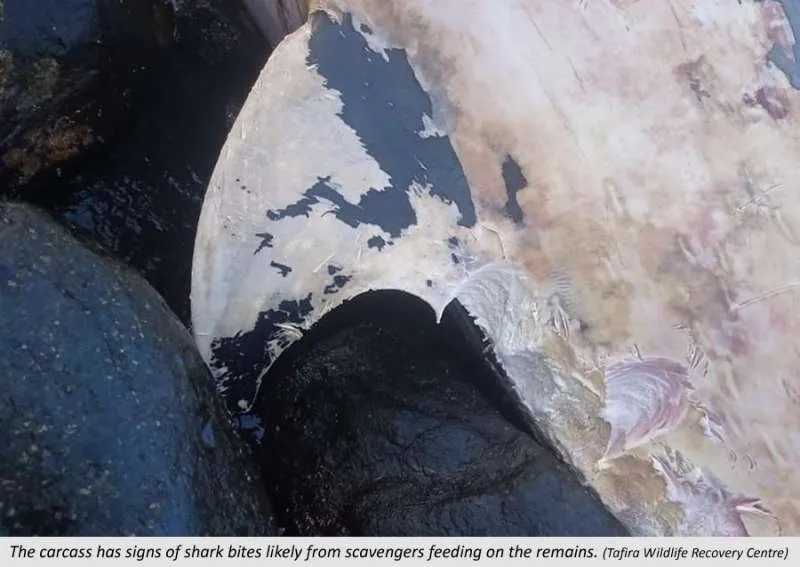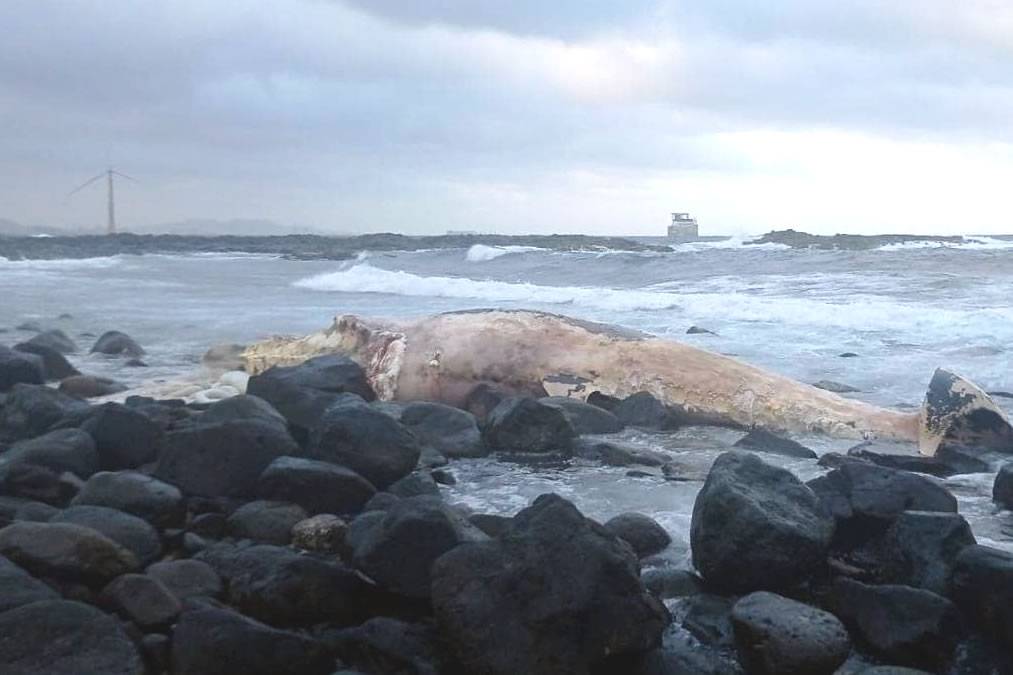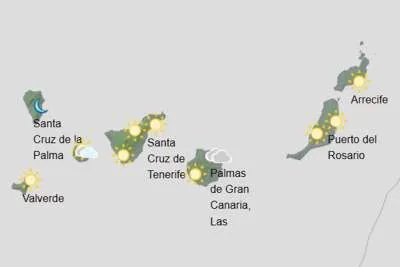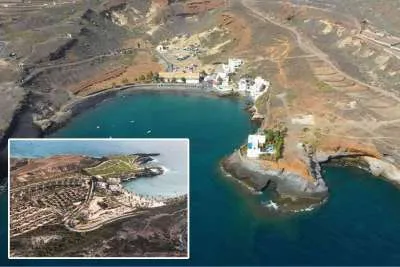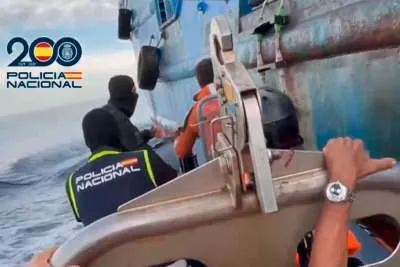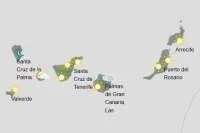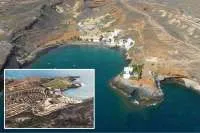Dead Sei Whale washes ashore a beach in Gran Canaria
- 05-12-2024
- Gran Canaria
- Canarian Weekly
- Photo Credit: Tafira Wildlife Recovery Centre
A large cetacean, believed to be a sei whale (Balaenoptera borealis), has been found dead on Bocabarranco Beach on the coast of Telde, in Gran Canaria. The discovery was confirmed by Pascual Calabuig, veterinarian at the Cabildo Wildlife Recovery Centre.
“This species of whale passes through these waters during their migrations, like other baleen whales,” Calabuig explained.
The whale carcass, in an advanced state of decomposition, showed signs of shark bites, likely from scavengers feeding on the remains.
A team from the Institute of Animal Health and Food Safety (IUSA) at the University of Las Palmas de Gran Canaria has been alerted. They are expected to arrive at the site today (Thursday) to collect samples or perform a necropsy, depending on the condition of the carcass.
“Whether the investigation proceeds will depend on where the whale ends up on Thursday and whether the location is accessible,” Calabuig added.
Characteristics of Sei Whales
Sei whales are among the least known species of baleen whales. These giants of the sea can reach lengths of 12 to 16 metres as adults and weigh between 20 and 30 tonnes. They are distributed globally, primarily in temperate and deep waters.
Unlike other species, sei whales are shy and rarely breach the surface, making sightings relatively uncommon.
The discovery of a dead sei whale highlights the presence of these elusive marine mammals in the waters around the Canary Islands. While their migration routes are known, detailed studies on their behaviour and ecology remain limited. The necropsy could provide valuable insights into the whale’s cause of death, migratory patterns, and overall health, contributing to the broader understanding of marine ecosystems.
As the investigation unfolds, the sei whale serves as a reminder of the fragility of marine life and the importance of continued research and conservation efforts to protect these giants of the ocean.
